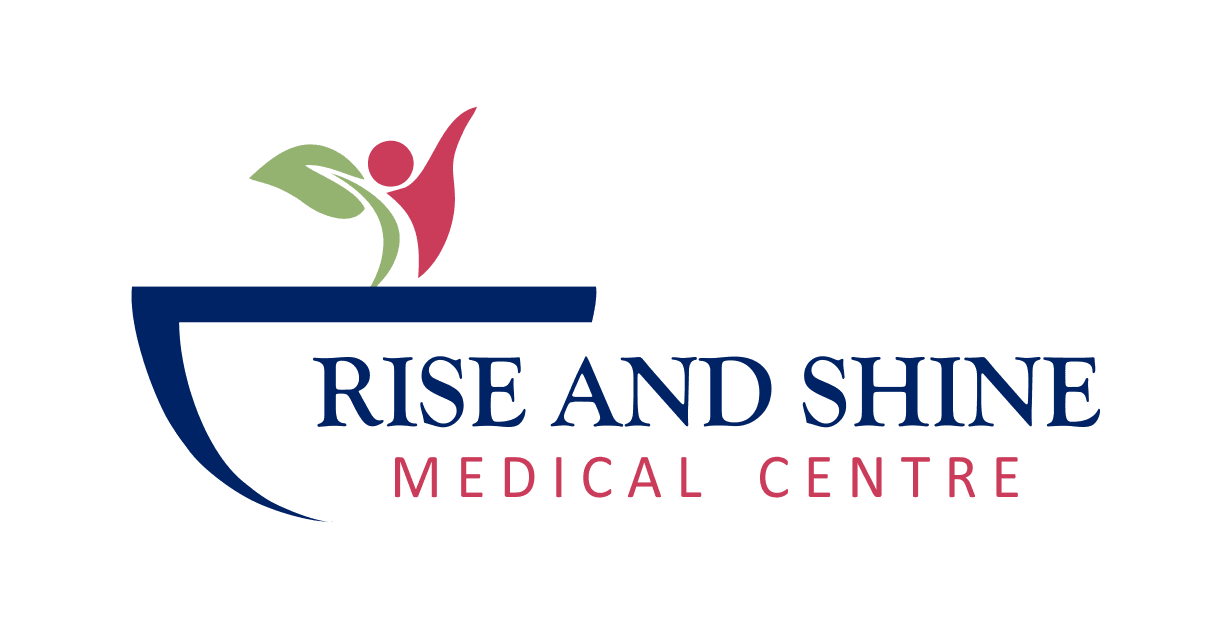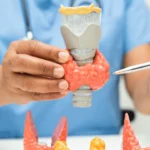Understanding Adenoids: Functions, Issues, and Treatment Options
Adenoids are small masses of lymphatic tissue located at the back of the nasal cavity, above the roof of the mouth. Though not as commonly discussed as tonsils, adenoids play a crucial role in the immune system during early childhood. However, they can sometimes cause health issues, especially when enlarged. This blog explores the functions of adenoids, common problems associated with them, and available treatment options.
Table of Contents
ToggleWhat Are Adenoids?
Adenoids are part of the body’s lymphatic system, which helps protect against infections. They work alongside the tonsils to trap bacteria, viruses, and other harmful pathogens entering the body through the nose or mouth. Adenoids are most active during early childhood and usually shrink by adolescence as the immune system matures.
Symptoms of Enlarged Adenoids
Enlarged adenoids, a condition also known as adenoid hypertrophy, can lead to several symptoms, including:
Difficulty breathing through the nose, leading to mouth breathing.
Nasal congestion or a stuffy nose.
Snoring or noisy breathing during sleep.
Sleep apnea (pauses in breathing during sleep).
Chronic ear infections or middle ear fluid buildup.
Frequent sinus infections.
A nasal-sounding voice.
If left untreated, severe cases can affect a child’s quality of life, sleep, and even facial development.
Causes of Enlarged Adenoids
Several factors can contribute to the enlargement of adenoids:
Infections: Repeated bacterial or viral infections can cause adenoids to become swollen.
Allergies: Allergic reactions may lead to chronic inflammation of the adenoids.
Genetics: A family history of adenoid issues can increase the likelihood of enlargement.
Diagnosis
If a child exhibits symptoms of enlarged adenoids, a healthcare provider may recommend:
Physical Examination: A doctor may use a small mirror or a flexible endoscope to examine the adenoids.
X-rays: Imaging can help determine the size and extent of the adenoid enlargement.
Sleep Studies: If sleep apnea is suspected, a sleep study might be recommended.
Treatment Options
Treatment for enlarged adenoids depends on the severity of symptoms and their impact on a child’s health. Common approaches include:
1. Medications
Nasal Steroid Sprays: These can help reduce inflammation and improve breathing.
Antibiotics: Used if a bacterial infection is present.
2. Lifestyle Adjustments
Managing allergies with antihistamines or avoiding allergens can help reduce swelling.
Ensuring proper hydration and a healthy diet to boost immunity.
3. Adenoidectomy
In cases where symptoms persist despite medical treatment, surgical removal of the adenoids (adenoidectomy) may be recommended. This procedure is often done on an outpatient basis and is safe and effective. Adenoidectomy may be combined with tonsillectomy if tonsils are also problematic.
Preventing Adenoid Problems
While not all cases of enlarged adenoids can be prevented, certain measures can reduce the risk:
Encouraging good hygiene to prevent infections.
Treating allergies promptly to minimize inflammation.
Ensuring regular medical check-ups to monitor any potential issues.
Conclusion
Adenoids play a vital role in early childhood immunity but can sometimes cause health challenges when enlarged. Understanding the symptoms, causes, and treatment options can help parents address these issues effectively. If you suspect your child is experiencing problems related to their adenoids, consult a healthcare professional for an accurate diagnosis and personalized treatment plan. With proper care, children with adenoid issues can enjoy better health and improved quality of life.



